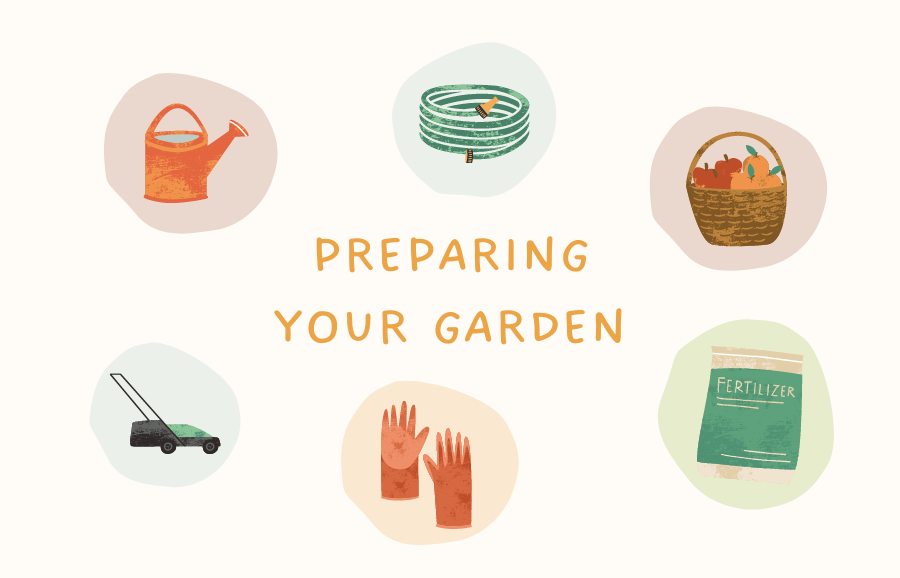One of the best ways to celebrate spring and shake off the winter doldrums is to get in the garden. Just think – gardening downright saved Colin in The Secret Garden, imagine what it could do for you!
By Liza Frolkis
I’ve spent a decade of my life dedicated to learning all I can about and from plants. I’ve worked on farms across the States, including my own food-growing business here in Santa Fe. Growing plants can be tricky up here. Things certainly don’t spring to life just by looking at them, as they do in Northern California, and they don’t grow as big and strong as they do in the Blue Mountains of Virginia or my mother’s garden in Cleveland, Ohio, but still successful gardening at this altitude and aridity is possible! Below I’ve sketched out some gardening go-to’s, local businesses to support, and a guide for when to seed and when to buy the plant instead.
All of these things can be done alongside your children. Sit down together to look through seed catalogs and ask what they want to grow, get tools that fit their hands, lather up in sunscreen and spend the day outside in the garden as a family.
Spring Makeover for Your Garden
Whether you’re working on your existing garden or planning on starting fresh this year, there are a few things you’ll need to do to get started: irrigation, soil, aeration, and mulch.
As you make your plans, think about ease of use and irrigation. You may be excited to use that wonderful sunny spot in the far corner of your yard, but think carefully. If it’s too far away, waning enthusiasm throughout the growing season will mean that the plants get neglected. Do what the permaculturists do – quick-use things (like herbs) stay close to the house, hardier longer-growing things (like fruit trees) are farther away. If you’ll just be hand watering, make sure you’re planning your beds in a way that can facilitate that. If you’re planning on running irrigation, lay it down right after prepping your bed and before laying down your mulch. Remember that up here in Santa Fe, water wants to evaporate, so do what you can to discourage that (ie: mulch, mulch, mulch and water plants directly).
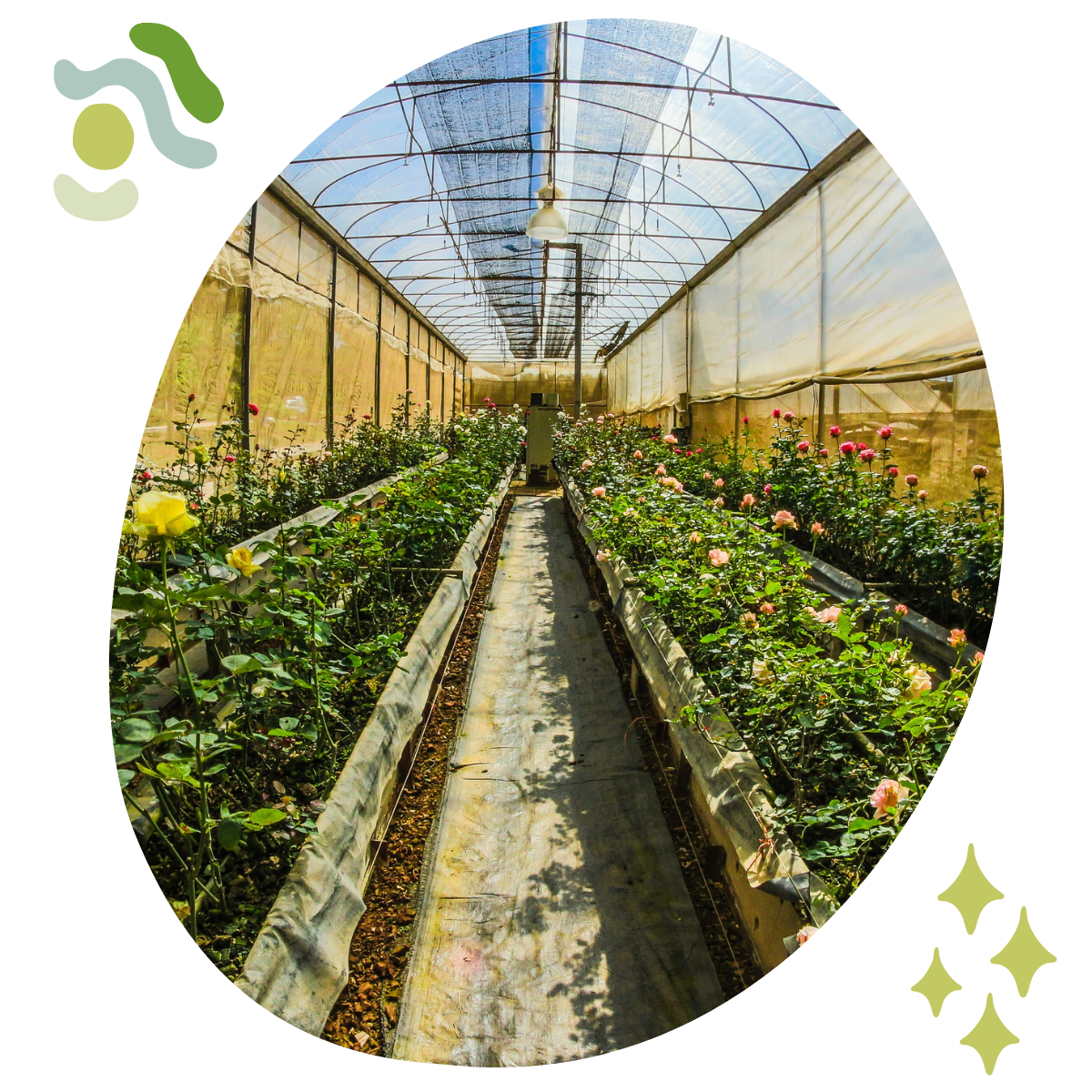
Now get yourself some rich, living soil to work into existing beds and to create new ones. I’ll admit that the available soil that I’m aware of in and around Santa Fe is not the most inspiring, but you can find something that will work. If you’re going with bagged soil, look for straight compost or basic blends (there are several mixes specifically for garden beds). I like to add what I think of as “dessert” for the garden as well – like worm castings – that can add more nutrients for your plants to soak up. I stay away from mixes that use peat – great for gardens, but the mining process is not so great for ecosystem conservation- or that smell strongly of ammonia. If you are going to be getting a load of soil delivered or loaded into your pickup, head over to Payne’s Soil Yard and get their Soilutions Garden Mix (made regionally). Alternatively, you can get garden soil from the local Reunity Resource (in my experience, this garden soil does not lend itself as well to direct seeding because it is chunkier).

As you’re working your soil into your new or existing garden, do what you can to create a bed like a fluffy feather mattress. We want to pamper our plants so give them somewhere luxurious to reside. If you’re really dedicated, get yourself a serious broadfork (my number one favorite garden tool) but make sure to get a very sturdy one. A flimsy broadfork will bend in our compact soils and generally make you sad. You can find them at Modern General and while the price may make you balk, it’s not far off the mark from what you’ll find for a good one elsewhere. Alternatively, a pitchfork and a shovel will do (and you can rent some from Habitat ReStore if you don’t have any yourself). A word to the wise: try to keep your soil levels separate and intact. A general rule of thumb is not to combine soils from more than one shovel-depth. So dig a shovel-full of soil, break up clumps, and aerate with your pitchfork.
If you’re wanting to get really fancy you can attempt some double digging, which is like the Rolls-Royce of garden bed prep.
Once you’ve made your beautiful, fluffy garden bed, protect your soil with mulch. If you really want to hold moisture in (and we kind of have to up here in Santa Fe), start saving your cardboard boxes now. Lay down cardboard (matte finish only, shiny cardboard has a plastic coating that won’t break down), wet thoroughly, and cover with straw. When it comes time to plant, bring along a pocket knife and cut out holes for your plants. If you’re thinking of using something other than straw as a mulch, keep what you’re growing in mind. Flowers and trees are good candidates for things like pecan mulch or wood chips, but when it comes to edible plants, I lean towards the things that I know contain the fewest additives – like organically grown straw.
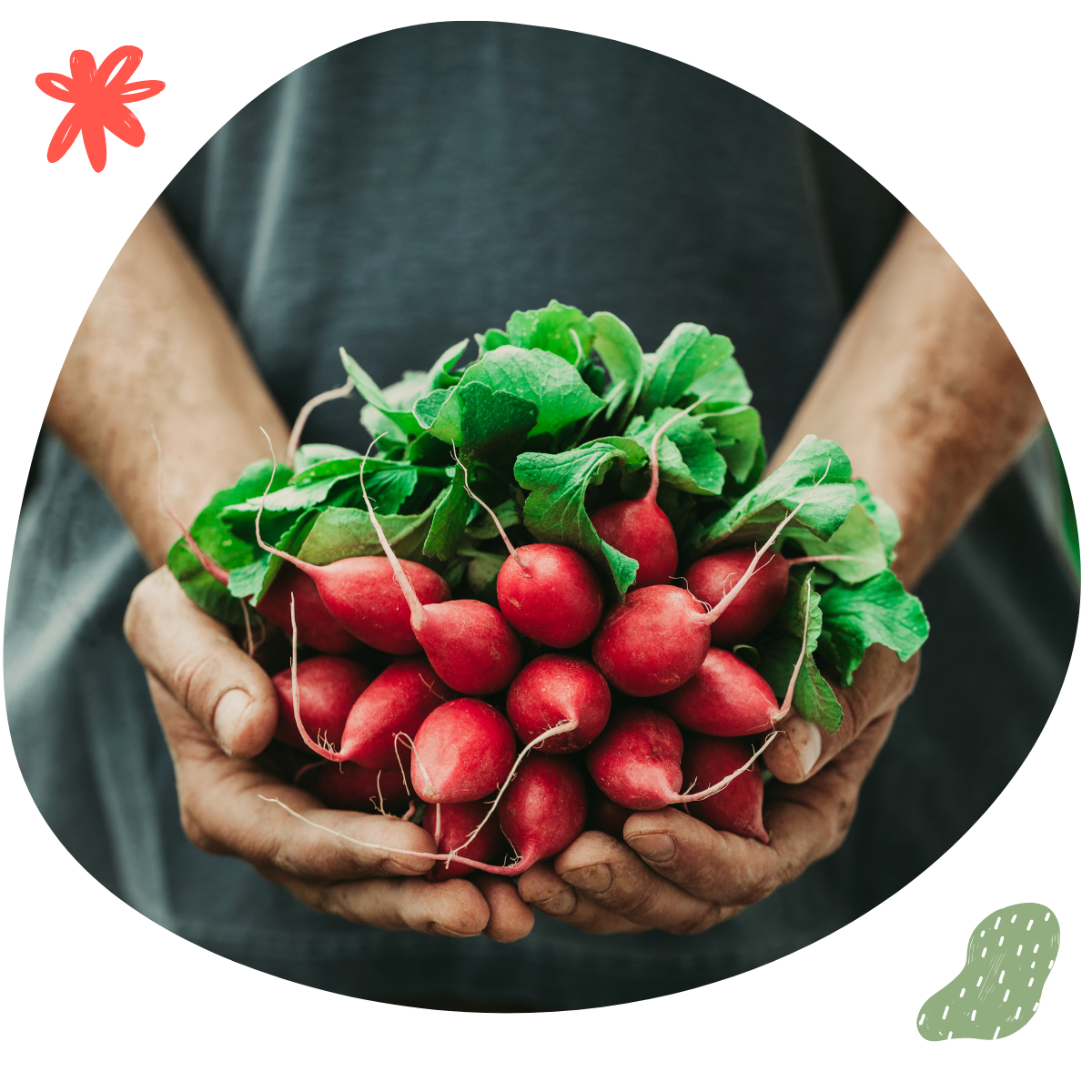
Local Resources for Garden Prep
Paynes Soil Yard for soil and occasionally organic straw (but you have to pay separately for the straw)
Reunity Resources for garden soil, compost, and worm castings
Agua Fria Nursery for bagged soil
The Firebird for irrigation and water catchment supplies
The Feedbin (on Alameda) for non-organic straw
Plants of the Southwest occasionally has organic straw
Modern General for a broadfork and ogling beautiful and very expensive garden tools
Making Flowers Grow: Seeds and Transplants
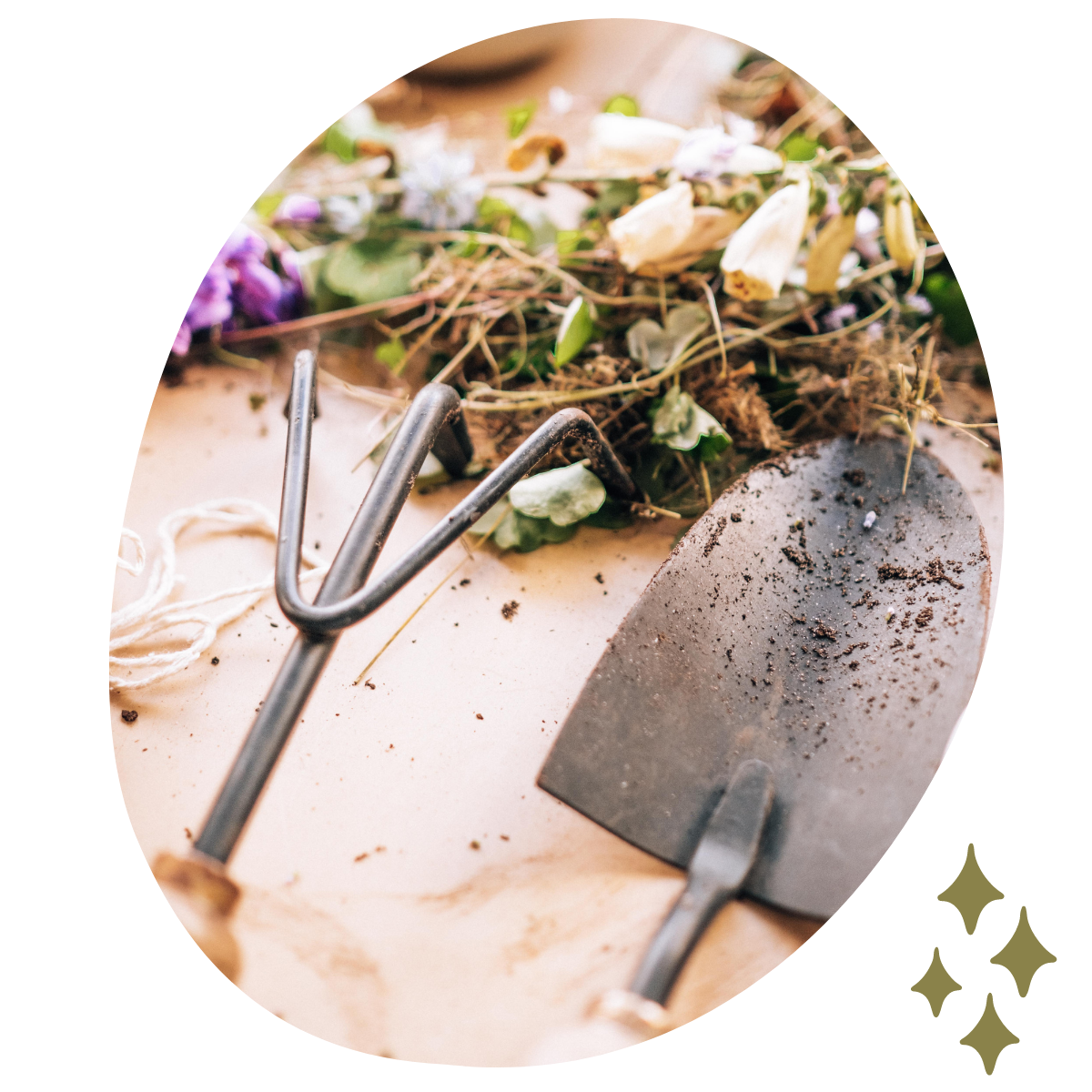
Thinking of what you want to grow in your garden is one of the most exciting things about having a garden. Your imagination will soar and you’ll likely buy way more seeds than is reasonable, but embrace it – it’s all part of the glorious process. There are several things to consider when figuring out what you want to grow: climate, seed vs. transplant, and care.
With the right set up, we can grow basically anything anywhere. But the right set up can be cost and energy prohibitive and just plain absurd especially on the scale of a home garden. As you’re dreaming up your gardenscape, think carefully about what may want to grow where. For example, your salad greens will not thank you for seeding them in the hottest part of the yard and your tomatoes will laugh at you for planting them in the shade. Learn what your plants love and adapt and plan to try your best to get them what they need. You may find, after a bit of thinking and trial and error, that some plants are just not for you. I’m going to say something that will be sad for many home-growers: you may not want to grow tomatoes. While our daytime temps are great for this staple fruit, our daily temperature fluctuations are too extreme for them. If tomatoes are a necessity, try planting them next to a south-facing wall that holds onto heat, or consider getting yourself a small high-tunnel with sides that you can roll or push up when it’s hot and bring down as it gets cooler. On the other end of the spectrum are cool-loving greens. Grow them at the ends of the season or create a shade zone for them using row cover or shade cloth. In other words, you will need to create different climate zones within your garden if you want to grow a wide variety of plants.
Things that do just fine include: summer and winter squash, hardy herbs (sage, thyme, oregano, lavender), certain perennial and self-seeding flowers (yarrow (I like white and colorful ones over the yellow), calendula, snapdragons, penstemon, sunflower, scabiosa, amaranth), radishes, chard, beets, and hardy perennial trees and shrubs.
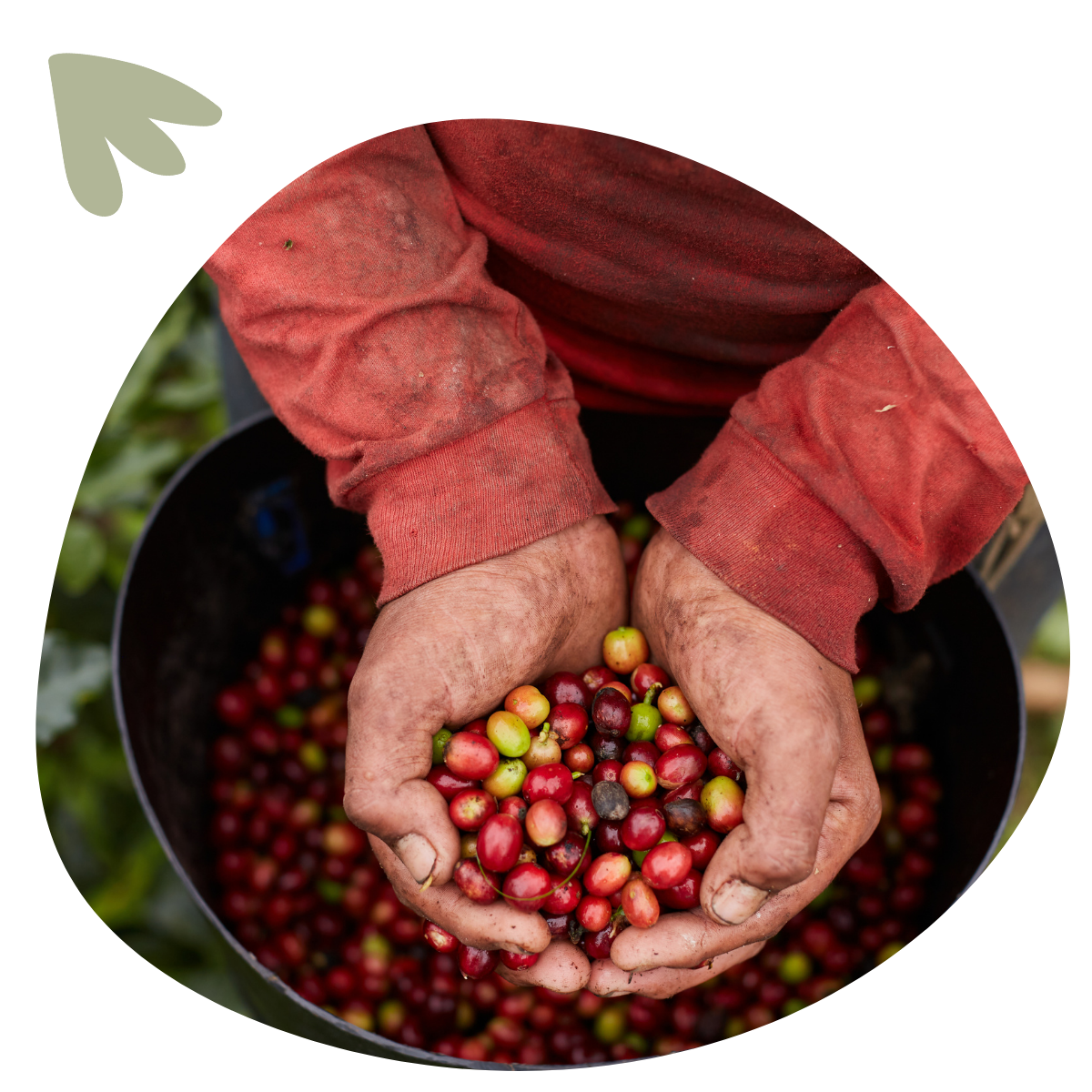
Now, how do you decide what you want to seed? Because it’s so cost-effective, it’s easy to just think “I’ll start ALL my own seeds” but BEWARE! Not only is it a ton of work to tend to plants from seedings to transplant, it also doesn’t always make sense. For example, tomatoes, basil, and peppers should have already been started (in January) so it probably makes most sense to buy those. While it feels good to be self-sufficient and start all your own plants, remember that interdependence is also a wonderful thing and connects us with our community. So embrace buying beautiful plants from good places. Below is a rough table of what common garden plants make sense to start in trays (ideally in a place that gets even light and on a heat mat), what you should direct seed in the garden, and what you should just buy. I’ve also included rough quantities for what you’ll need to make use of your food.
|
Plant |
How to start |
How much do you need? |
|---|---|---|
|
Tomatoes |
Should be started in January/February so best to just buy the plants themselves. Get big ones. |
One of each variety you fancy. Two for cherry tomatoes because you’ll eat half of them as you harvest. |
|
Peppers |
Should be started in January/February so best to just buy the plants themselves. Get big ones. |
Peppers can be hit or miss so buy several to ensure you get a harvest. |
|
Green Beans |
Direct Seed |
You will need several plants to get enough beans to include in a meal. Each plant will only have two or so ready at the same time – so start with about ten plants to be conservative. The more the merrier if you know you want lots. |
|
Squash (summer and winter) |
Quick to grow. Start in trays or pots in the spring for transplanting after the frost date. Heads up that cucurbits are open pollinators so saving the seed from a stellar squash one year does not mean you’ll get that same squash the next. |
A little bit goes a long way. Limit yourself to one plant of each variety you fancy. |
|
Corn |
Direct Seed |
You’ll need a lot. |
|
Beets |
Direct Seed – starting in the spring |
Remember that each seed means one root. And once you pull it, it’s gone. Give yourself plenty of plants to have throughout the season and re-seed as needed. |
|
Carrots |
Direct Seed – starting in the spring |
Remember that each seed means one root. And once you pull it, it’s gone. Give yourself plenty of plants to have throughout the season and re-seed as needed. |
|
Radish |
Direct Seed – starting in the spring |
These don’t last well after they’ve matured, so seed about 20 or so plants throughout the season to keep them crunchy and tasty. Larger radishes (watermelon and daikon) take longer to grow and last a bit longer in the ground. |
|
Salad Greens |
Direct Seed – starting in the spring. You will cut these when they are three to four fingers high. Cut them just above where the leaves start and they will grow another round or two of salad for you. These are “cut and come again” crops. |
Lots lots lots. Give yourself a 4’x4’ salad area and seed thickly, giving about 4” between rows. Re-seed every couple of weeks as needed if you want a steady rotation. |
|
Bunching/Cooking Greens |
Start in pots. Transplant out whenever they are big enough. Most greens will need shade cover and pest control in the heat. |
You’ll get about 2-3 leaves per plant every few days. You’ll probably need upwards of 12 leaves for most recipes. Give yourself between 4-10 plants of each variety depending on how quickly you go through bunches of greens. Many varieties can last through the season if tended well. |
|
Lettuce Heads |
Start in pots. Transplant out whenever they are big enough. Lettuce will need shade cover. |
Once you cut a head of lettuce it doesn’t grow back, so start as many plants as you think you’ll eat. Seed in rotations if you eat a lot of lettuce. |
|
Herbs |
Most take ages to grow so buy them in pots. |
Quantity depends on the herb. For example, if you make pesto, you’ll want at least ten basil plants to get you enough leaves. Two established thyme and rosemary plants should be plenty. Sage can get pretty large here, so one plant may be enough. Plant mint family crops with reserve. Mint and lemon balm will become plentiful fast and can be hard to relocate once they’ve become established. |
|
Most flowers |
Most take ages to grow so buy them in pots. Calendula and Nasturtium grow quickly and can be started in pots. |
It depends on the use but I feel like the more flowers the better! |
|
Sunflowers |
Direct Seed |
These make great natural boundary plants, so seed plentifully. Remember that they will reseed themselves, so plant them where you want them. |
|
Hardy Perennials |
Buy the plants |
Completely dependent on your budget and landscaping desires. |
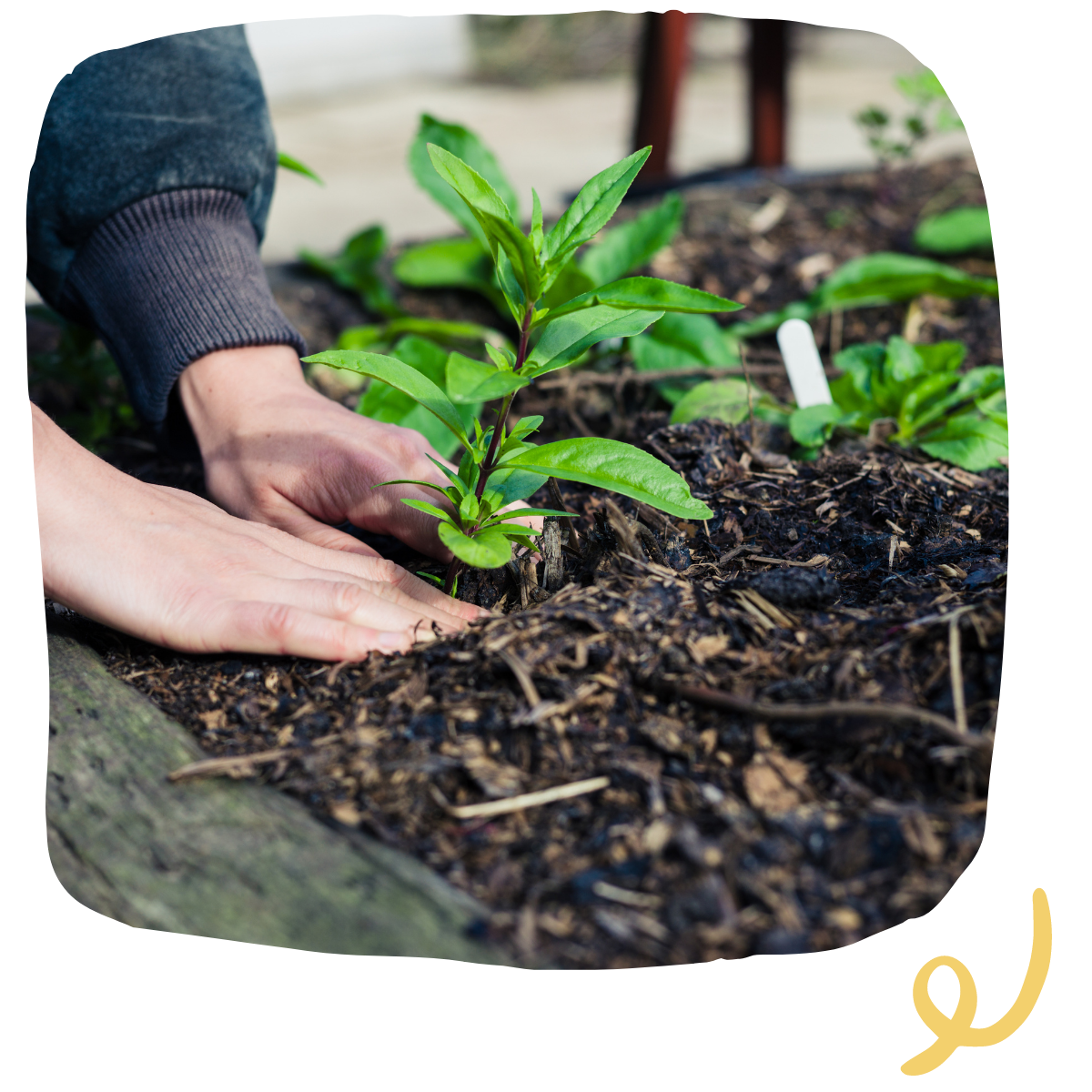
Most edible plants will need some care throughout their lives. Weeding, watering, pest management, and nutrition will all be important to keep your plants healthy and thriving. Weeding is much easier if you’ve employed cardboard to mulch. In places where that’s not possible (like your salad bed) just keep an eye and pick weeds as needed so they don’t take over. Water regularly and ideally before the sun rises or after it sets (unless the temps are especially low). Some crops do well with “dry farming” or much less water than usual. Tomatoes and peppers, for example, get much richer flavors with less water.
Keep a spray bottle of soapy water handy to regularly tend to aphid problems and sprinkle diatomaceous earth for ants and roaches. Pick off larger insects (like harlequin bugs and hornworms) and encourage natural predators like mantids, lady beetles, and parasitic wasps. Make sure you familiarize yourself with these friends in all their forms. No one wants to accidentally kill the insects you’re trying to cultivate! For gophers, consider hiring someone to help – I’ve had great experiences with Gopher Gal. Gophers are pernicious and will eat everything you have and destroy your yard while they are doing it. Other mammals may take various combinations of traps (mice) and fencing (rabbits) to really combat effectively.
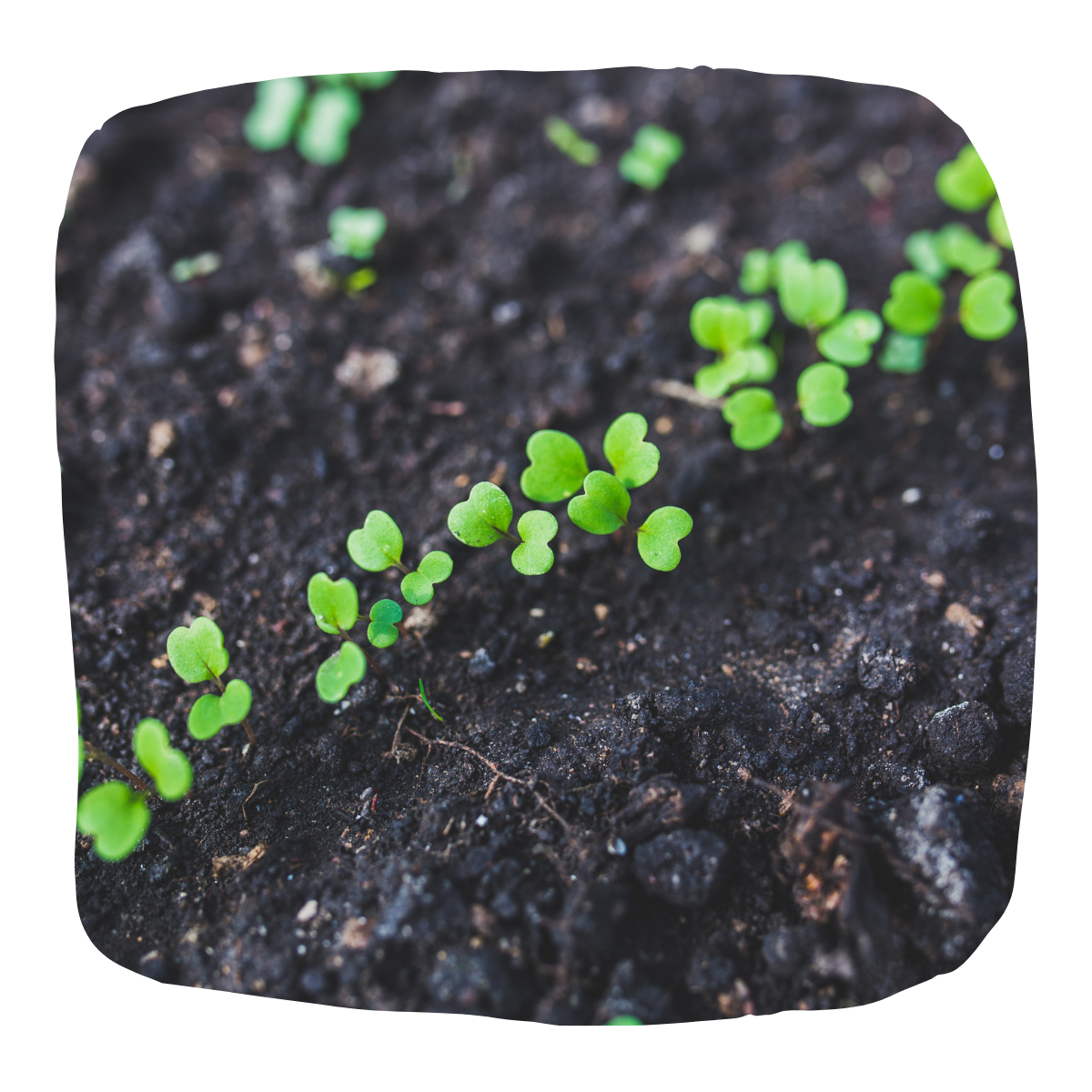
If you have scientific tendencies, you may have a lot of fun geeking out about different nutrient ratios and which ones you want to give to what plants. I’ll admit that I don’t get terribly excited about such things and generally stick with one or two products on-hand to help give my plants a boost several times throughout the growing season. I like a good fish emulsion to mix with my water once a month or so. I try to keep the ingredients as basic as possible and I don’t mess around with what I put on edible plants. Think of it this way: everyone does best on a diet of whole foods and in a diverse environment. Plants are no different. Give them and the soil real food (ie: fish emulsion over a synthetic chemical) to bring biodiversity to your soil and your plants strong. Keep your fertilizer non-toxic and even then, don’t harvest on fert days.
Resources for Seeds and Plants
Farmers’ Market for plants
Agua Fria Nursery for seeds, annuals, many herbs, plant food and potting soil (Batch:64 Moonshine is my favorite)
Plants of the Southwest for seeds, perennials, and native plants
La Montanita Co-op for seeds and some plants
Johnny’s Seeds for trays, row covers, and pots (it gets expensive fast if you source these locally) as well as seeds and hand tools
Payne’s Nursery for seed and hand tools
Reunity Resources plant sales
Baker Creek Seeds for seed inspiration
Fedco Seeds for seeds and row covers
Strictly Medicinals for seeds and rare plants

